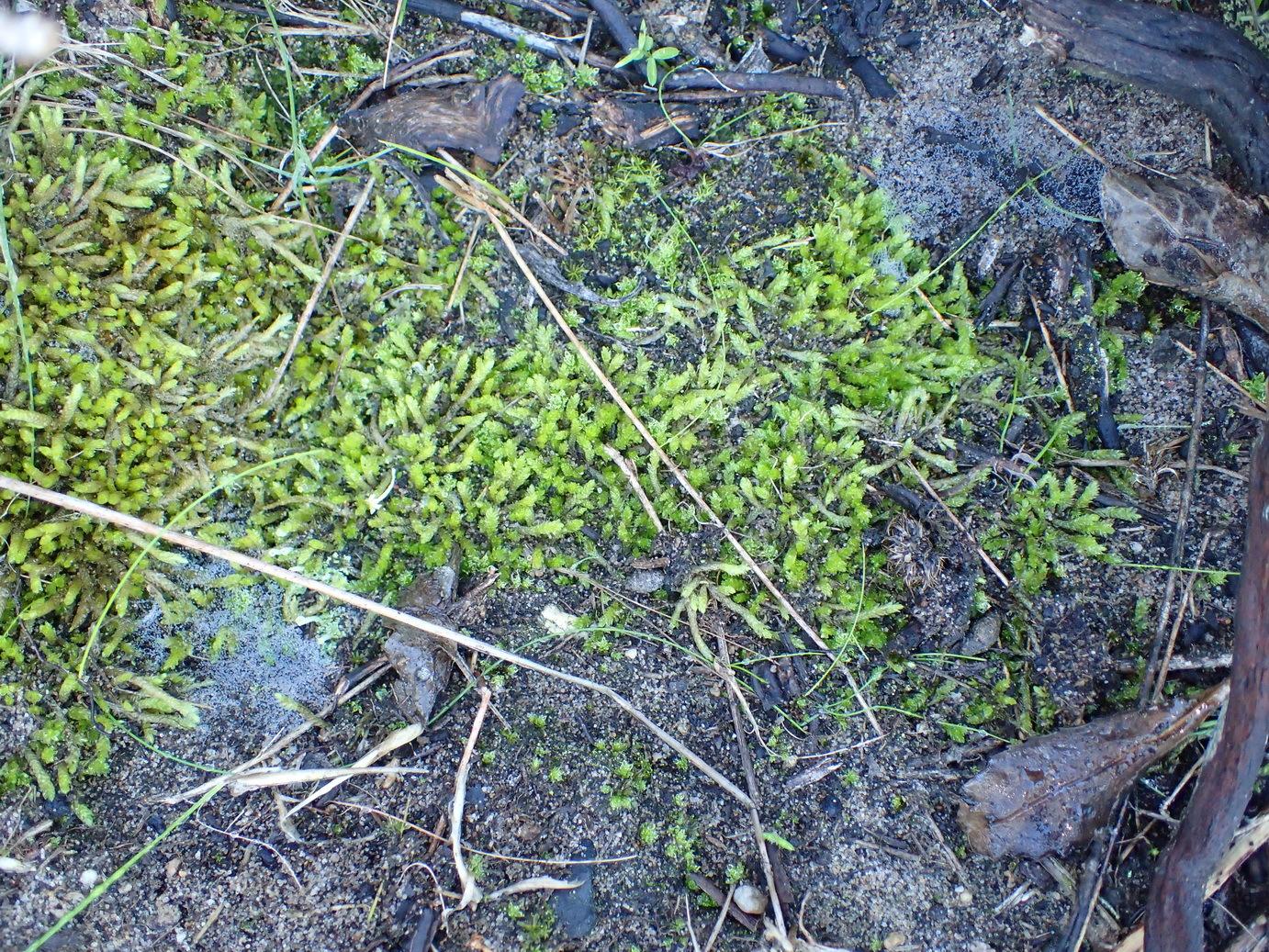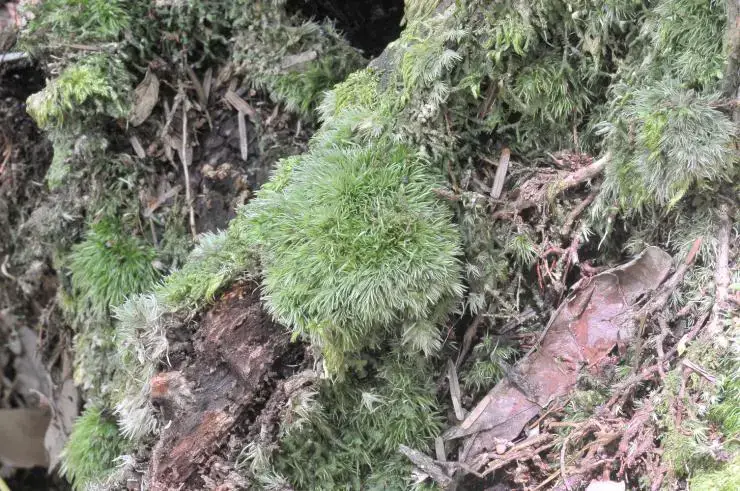
original.jpeg from: https://www.gbif.org/es/species/2673552
Pterobryopsis stolonacea: The Fascinating Moss of the Pterobryaceae Family
Introduction
Have you ever stopped to admire the tiny, intricate world of mosses? One particularly captivating species is Pterobryopsis stolonacea (Müll.Hal.) Broth., a moss in the Pterobryaceae family. Also known simply as Pterobryopsis, this diminutive plant plays important ecological roles despite its small size. In this blog post, we’ll dive into the fascinating details of Pterobryopsis stolonacea.
Background
Pterobryopsis stolonacea is a species of moss, which are non-vascular plants in the division Bryophyta. Mosses lack true roots, stems, and leaves, instead having structures that serve similar functions. They reproduce via spores rather than seeds and are found in diverse habitats worldwide.

7037e79d418c961c5141889e083833ce.jpg from: https://taieol.tw/muse/digi_object/2355523fe7d6b11d4b7a8ac495911fd7
Morphology and Identification
Pterobryopsis stolonacea forms loose mats with a creeping growth habit. Its stems are stoloniferous, meaning they produce slender horizontal offshoots that help the moss spread. The leaves are ovate-lanceolate in shape and have a single costa (midrib). Capsules are erect and cylindrical on tall setae.
With practice, Pterobryopsis can be identified by its:
- Creeping, stoloniferous stems
- Ovate-lanceolate leaves with single costa
- Erect, cylindrical capsules on tall setae
Global Distribution and Habitat
Pterobryopsis stolonacea has a wide distribution, being found in:
- Asia, including China, Japan, Korea, and Southeast Asia
- Africa, including Madagascar and surrounding islands
- Central and South America, from Mexico to Brazil
This adaptable moss grows on various substrates like tree bark, rocks, and soil in humid forests from lowlands to mountains. It prefers partially shaded sites with moderate to high humidity.
Ecological Roles and Adaptations
Like other mosses, Pterobryopsis stolonacea plays several key ecological roles:
- Helps retain moisture and prevent erosion
- Provides habitat for micro-organisms and invertebrates
- Pioneers the colonization of bare substrates
- Contributes to nutrient cycling and soil formation
Pterobryopsis has adaptations that allow it to thrive in its humid forest habitats:
- Stolons efficiently absorb water and nutrients
- Leaves have concave bases that trap water
- Rhizoids anchor the moss and absorb moisture
Conclusion
The diminutive Pterobryopsis stolonacea is a true wonder of the plant kingdom. From its intricate morphology to its important ecological roles, this moss exemplifies how even the smallest organisms can have an outsized impact. Next time you’re in a humid forest, take a closer look – you just might spot a patch of amazing Pterobryopsis! What other small but mighty mosses have you encountered?